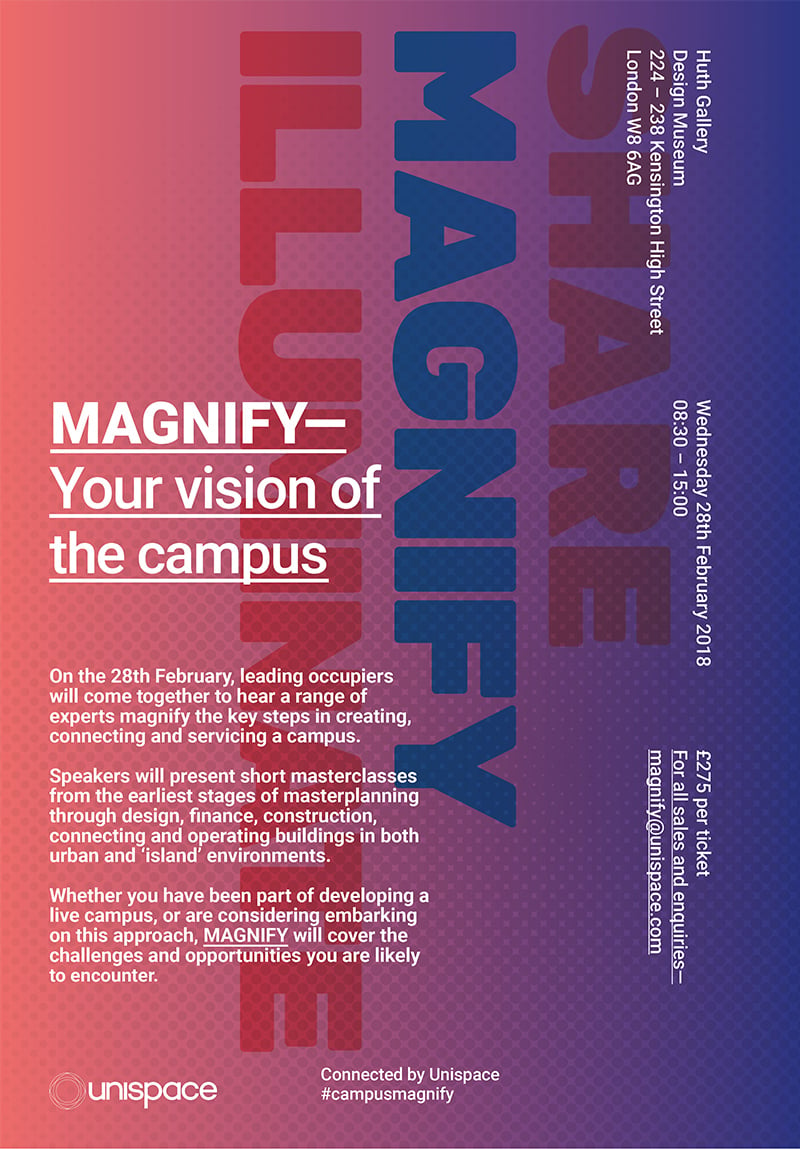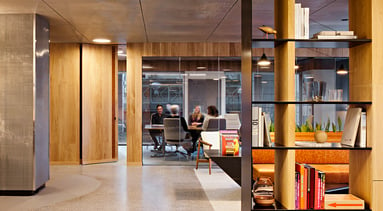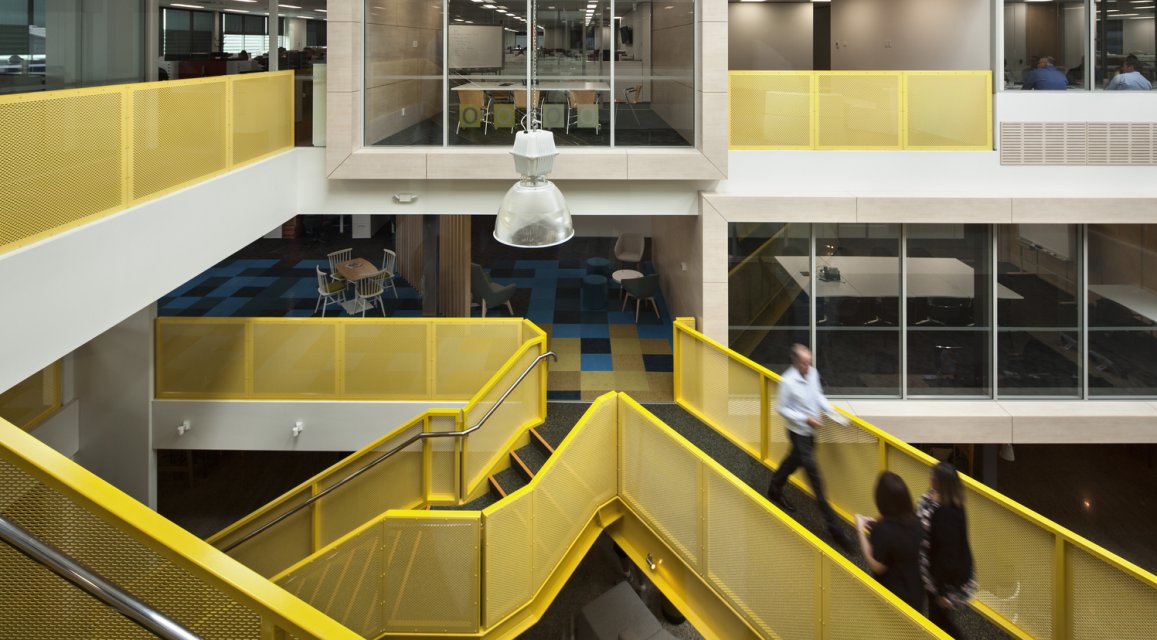
The corporate campus focuses on lifestyle and wellbeing, drawing influences from the world of academia, however, the boundaries of the large-scale workplace are blurring. What truly makes a campus, a campus?
The term 'campus' – the landscape and buildings of a university or college – has been commandeered by the corporate world in the last decade. Driven by a need for plentiful, low-cost space on the city fringe the subtext has been to create an unconscious association with learning, innovation and development; particularly amongst the mega-tech companies of the West Coast of the USA.
With a need to bring the urban environment inside the secure boundary, the corporate campus has focussed on lifestyle and wellbeing, drawing influences from the world of academia. This has also served to reverse engineer the best of corporate workplace thinking into the academic campus where commercial incubator spaces sit in overlapping space. The boundaries of the large-scale workplace are blurring.
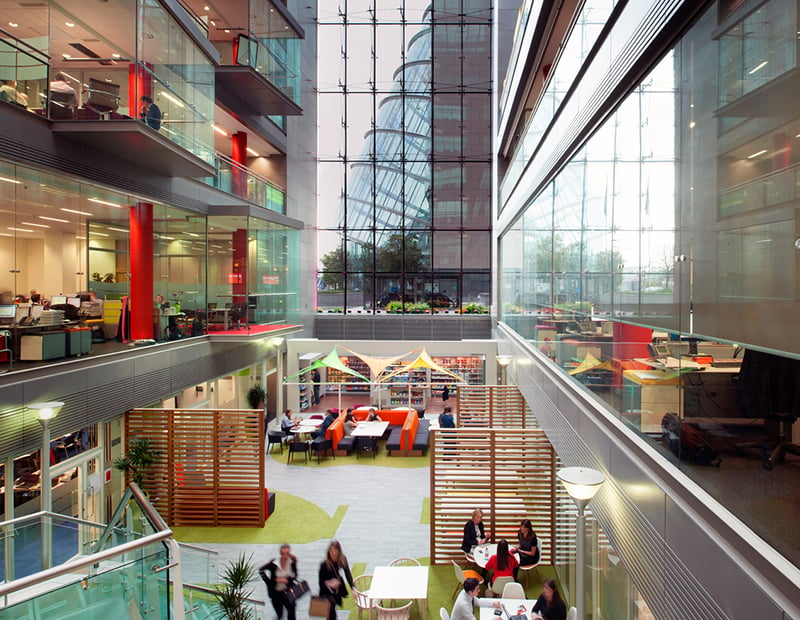
So what is the Campus Workplace?
In our view there are several identifying characteristics to the 'campus' – multiple buildings with a cohesion of purpose, occupied by one or more organisations with a common sense of identity, knitted together by the ‘spaces between’ to create a distinct. The campus means something to the occupants and means something when considered externally. They can sit within a defined boundary – the traditional way of defining a campus – or comprise a number of cohesive buildings within an urban environment – but a campus has to stand for something.
With this expanded meaning of 'the campus' comes the need for increased awareness and readiness to create and manage such environments. As academia becomes more commercial and the corporate world attempts to become more academic, it is dangerous to assume that creating places that people want to work is merely an extension of creating a workplace within a singular building.
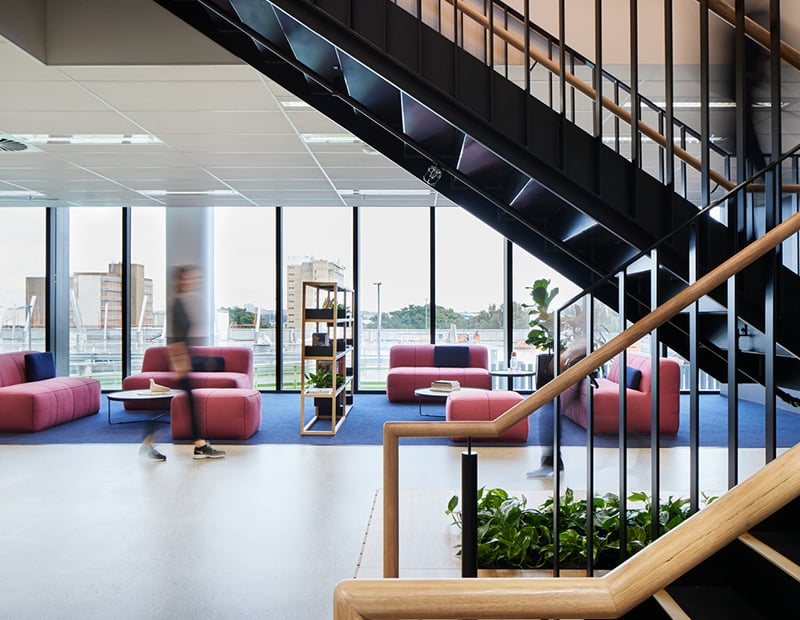
What does the Campus mean for Workplace Design?
New disciplines such as master planning, landscaping, transport planning and social contribution complement those traditionally associated with the workplace. And the demands upon technology and service also change shape and character, particularly within environments with buildings of varying ages and condition.
Then there is the challenge of creating a community that is both internally supportive and self-serving, while remaining connected and contributing to its external environment, yet secure. A campus simultaneously looks in and out and needs to balance the impact of each. The creation of a community that exists within a community. Much is made of the experiential 'Destination Workplace' and Unispace has its own view on it.
Invariably, campus planning takes place within an existing environment, where the seeds of what a campus is and needs to be have been sewn before an idea of campus emerged. Very often, therefore, there is a need to re-begin a thought process, rationalising what exists and projecting the idea of what can be into the future.
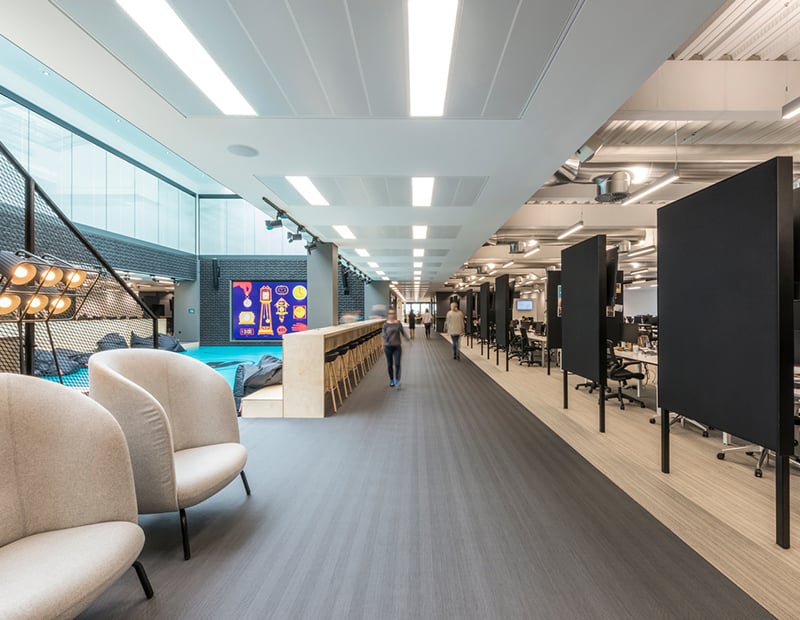
What is the MAGNIFY event all about?
These are all reasons why we are set to convene at MAGNIFY: Your vision of the Campus at the end of February – to assess these questions, what really is the campus? What is its purpose? And how can we maximise its potential? The first event of its kind will look at the process from earliest thoughts to the first cappuccino.
For more information drop us an email at magnify@unispace.com or visit the event story here.
